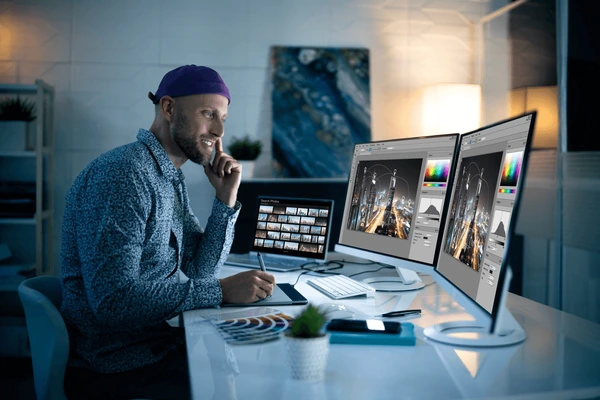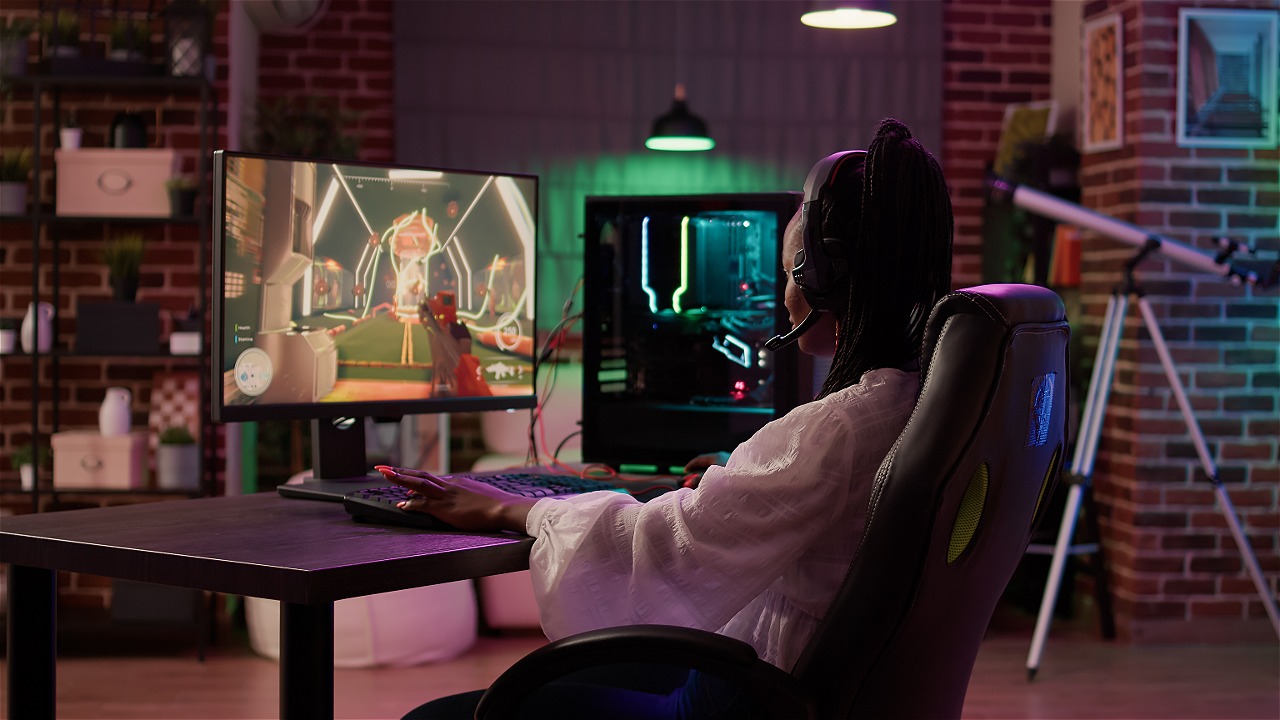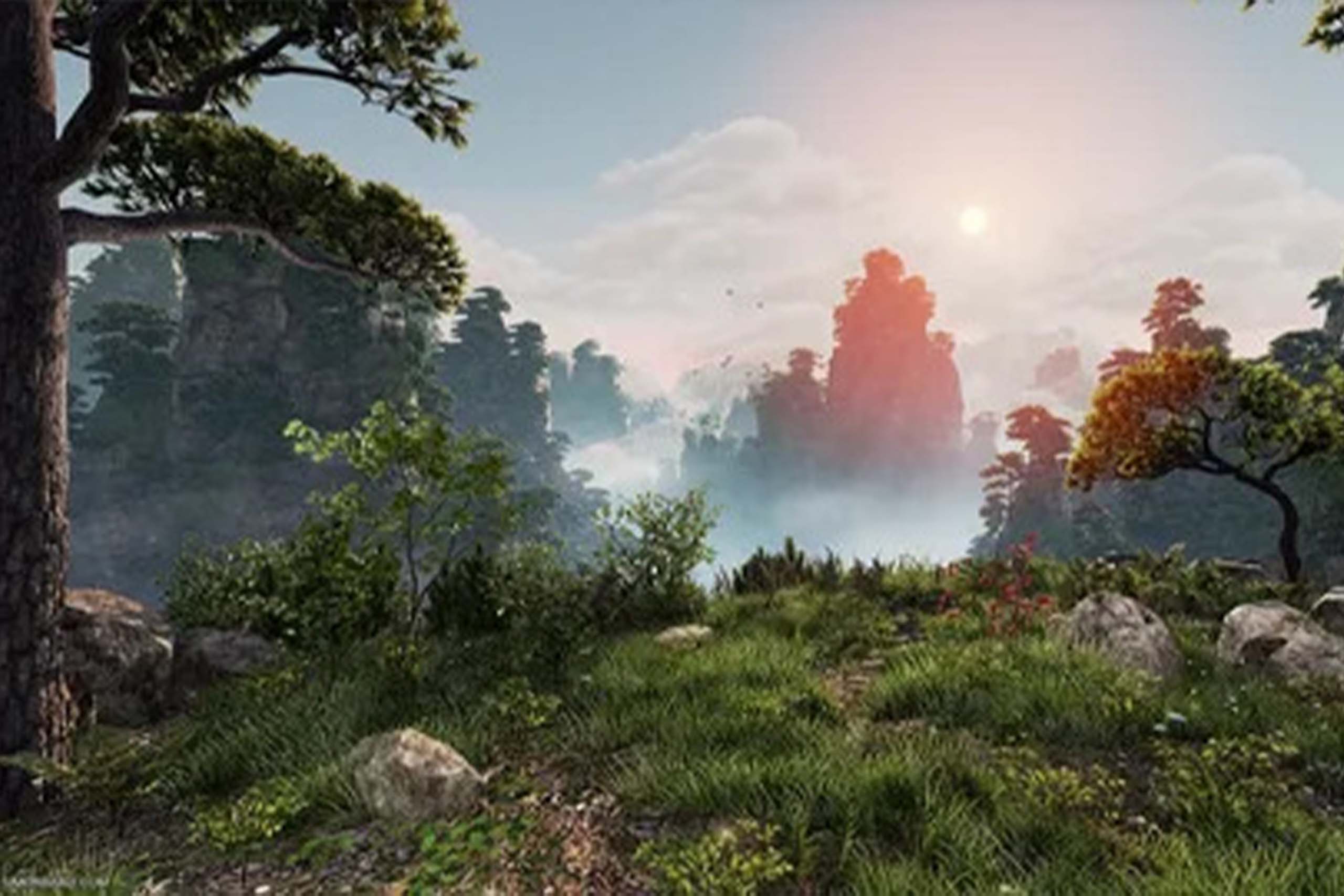The Significance of Realistic Landscapes
Natural settings are more than just settings for characters; they are essential to the storytelling process. Realistic landscapes provide viewers with a sense of immersion, taking them to realms that feel tangible and alive. A well-crafted natural setting can elicit emotions, create the tone, and enrich an animation’s overall narrative. The attention to detail in building these locations can make or break an animation’s effect, whether it’s the lush forests of a fantasy kingdom, the wide deserts of a post-apocalyptic globe, or the bustling city streets of a modern metropolis.
Tips for Crafting Realistic Landscapes in 3D
Creating natural habitats in 3D necessitates a combination of aesthetic vision, technical prowess, and knowledge of the natural world. Here are some helpful hints for creating magnificent and convincing landscapes:
1. Reference and Research:
Before diving into the world of 3D modeling, gather ample reference materials and conduct thorough research. Study real-world landscapes, vegetation, geological formations, and lighting conditions. This knowledge will serve as the foundation for creating authentic and visually appealing environments.
2. Layered Texturing:
To give depth and authenticity to your sceneries, use layered texturing techniques. Textures should be used for the ground, rocks, vegetation, and other features. To replicate fine surface textures and defects, use displacement and normal maps.
3. Variety and Randomness:
Nature is rarely consistent. Incorporate diverse types of plants, rocks, and rubbish into your landscapes to add variation and randomness. Patterns and symmetrical placements should be avoided because they can make the surroundings appear artificial.
4. Attention to Scale:
Take note of the scale of your surroundings. Check that the sizes of items, plants, and terrain elements correspond to real-world dimensions. Scaling properly improves the sense of realism and immersion.
5. Lighting and Shadows:
Realistic lighting is essential for conveying your environment’s mood and ambience. To generate natural-looking shadows and highlights, experiment with different lighting angles and intensities. Dynamic lighting has the ability to modify a scene and elicit various emotions.
6. Weather and Climate:
Consider your surroundings’ weather and climate. Rain, snow, fog, and other atmospheric effects can all have a big impact on how your scene looks. Implement weather effects that are consistent with the storyline and add to the overall tale.
7. Interaction and Animation:
Make your environment come to life with interactive and dynamic features. Consider wind effects on flora, water ripples, and delicate environmental motions. These dynamic components give authenticity to the scene and make it feel alive.
8. Depth of Field and Camera Techniques:
Experiment with depth of field to highlight specific parts of your landscape. Panning, zooming, and tracking camera methods can highlight distinct features of the surroundings and provide a cinematic experience.
9. Optimization:
Smooth rendering and animation require efficient optimization. To increase performance, use LOD (Level of Detail) techniques to decrease the complexity of distant objects, and consider baking textures and lighting.
10. Feedback and Iteration:
Seek feedback from peers, mentors, or colleagues on a regular basis. Iteration is an important aspect of the creative process since it allows you to polish and improve your environment in response to constructive criticism.
The Role of 3D Character Animation Agencies
3D character animation studios play an important part in bringing natural surroundings to life in the realm of animation. These companies understand the delicate balance that exists between characters and their surroundings, ensuring that the locations compliment the narrative and enrich the entire visual experience.
Working with a 3D character animation firm involves collaborating with a team of professionals who specialize in different elements of the animation process. Each person offers their expertise to build cohesive and attractive environments, from environmental modelers and texture artists to lighting specialists and compositors.
These agencies also recognize the need of consistency in design and style. Whether your animation is set in a fanciful fantasy universe or a gritty urban scene, the artists at the agency collaborate to ensure that the environments match the intended aesthetic and add to the storytelling.
Realistic natural environments in 3D require a combination of artistry, technical expertise, and a thorough understanding of the natural world. Landscapes are more than just backgrounds; they contribute to the emotional impact and narrative complexity of your animation.
As you begin your quest to learn the art of 3D landscape creation, keep in mind to draw inspiration from the actual world, experiment with textures and lighting, and seek feedback on your progress. Your expertise in creating magnificent surroundings will contribute to animations that take audiences to awe-inspiring places, leaving a lasting impact that persists long after the screen fades to black in the collaborative domain of 3D character animation firms.
















